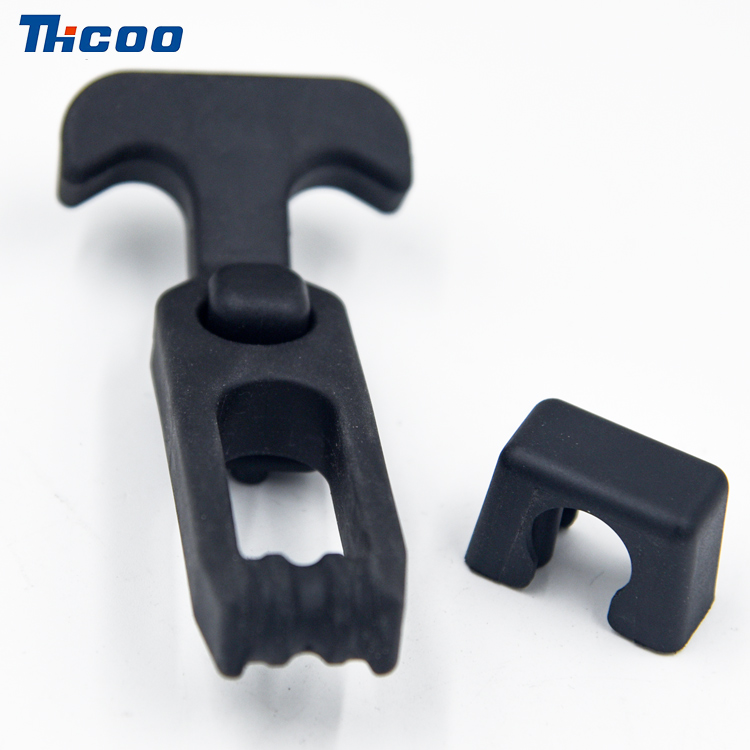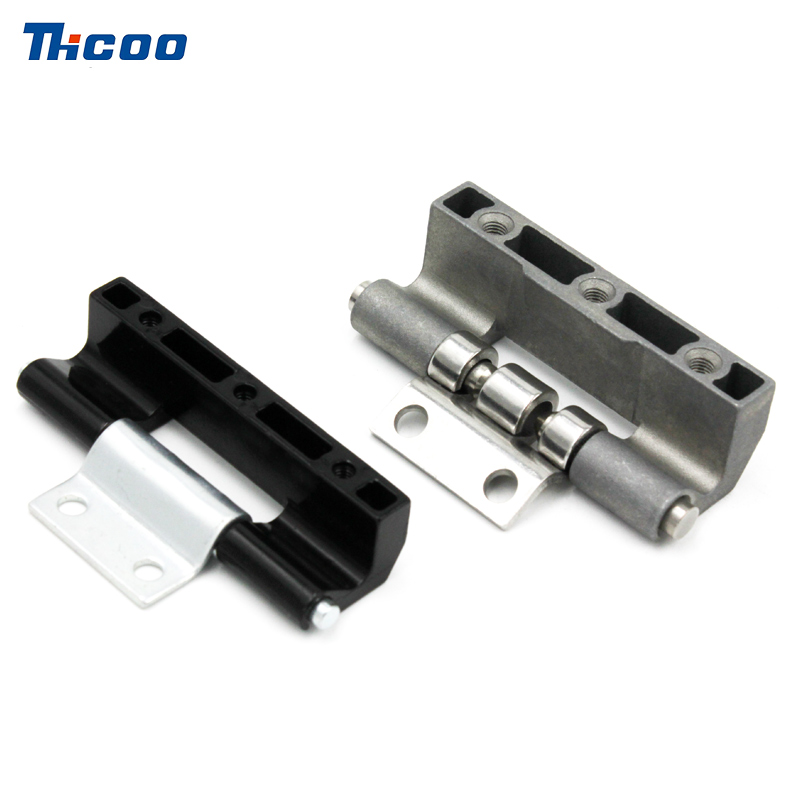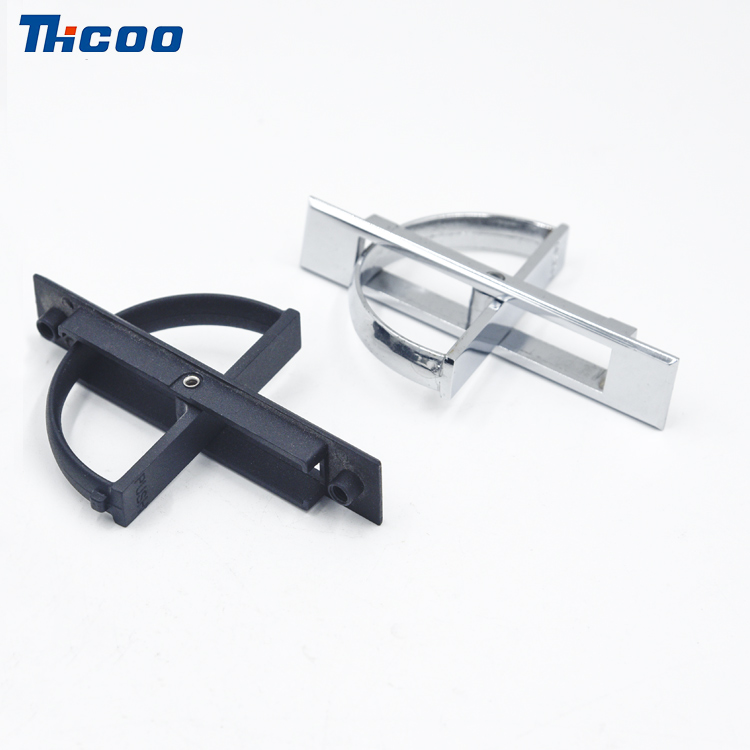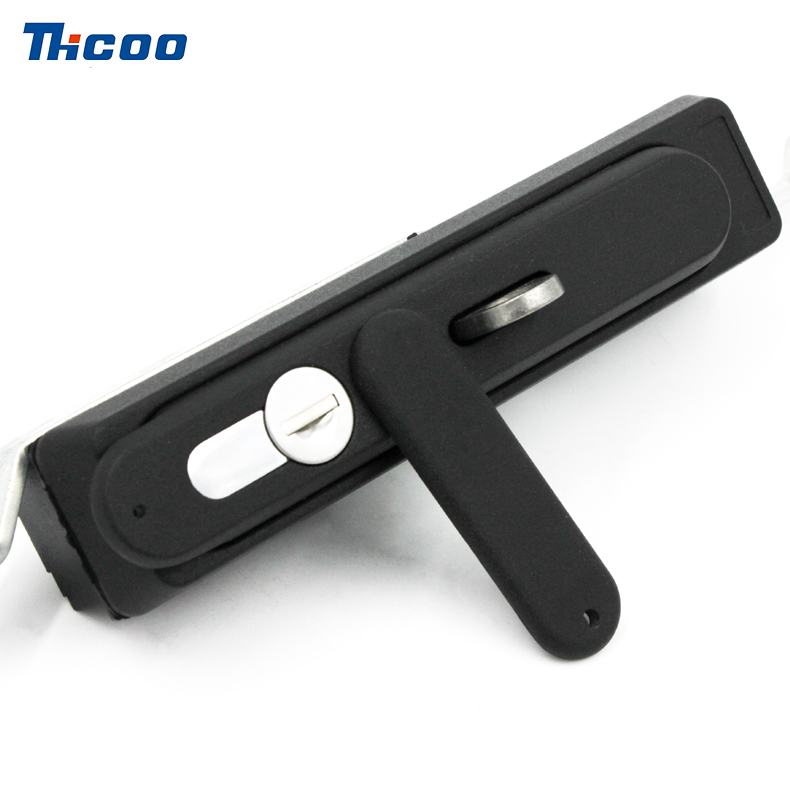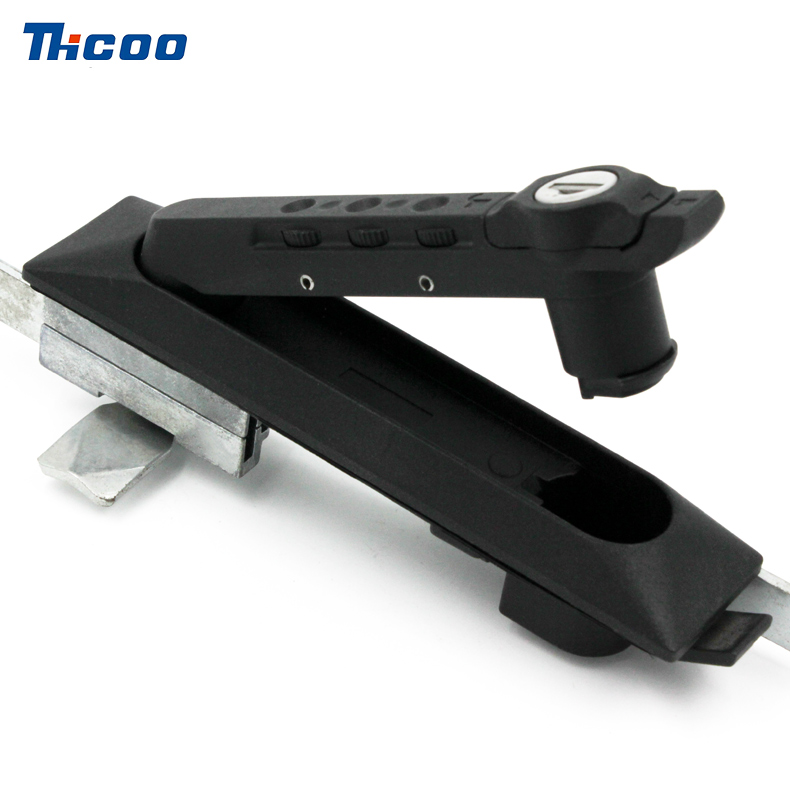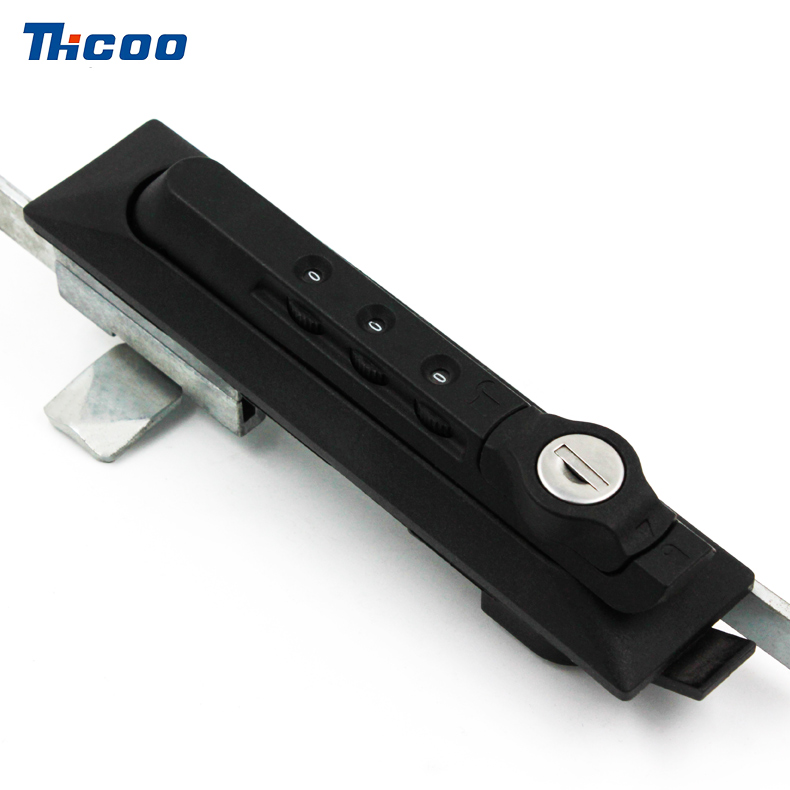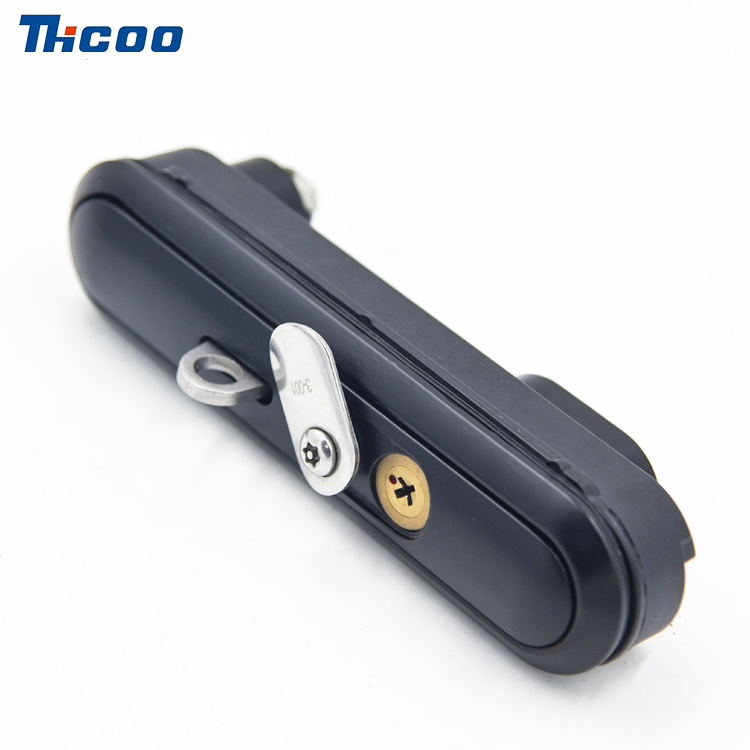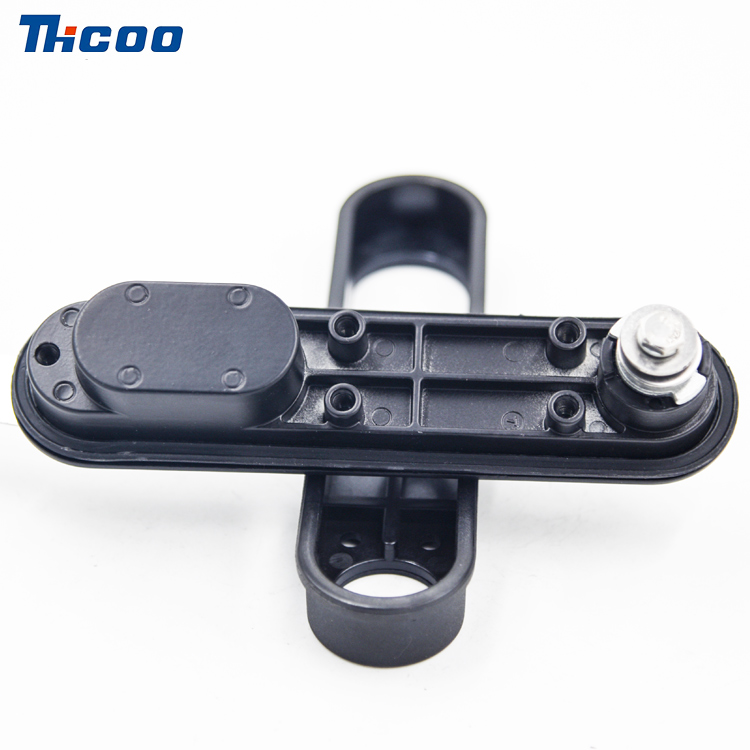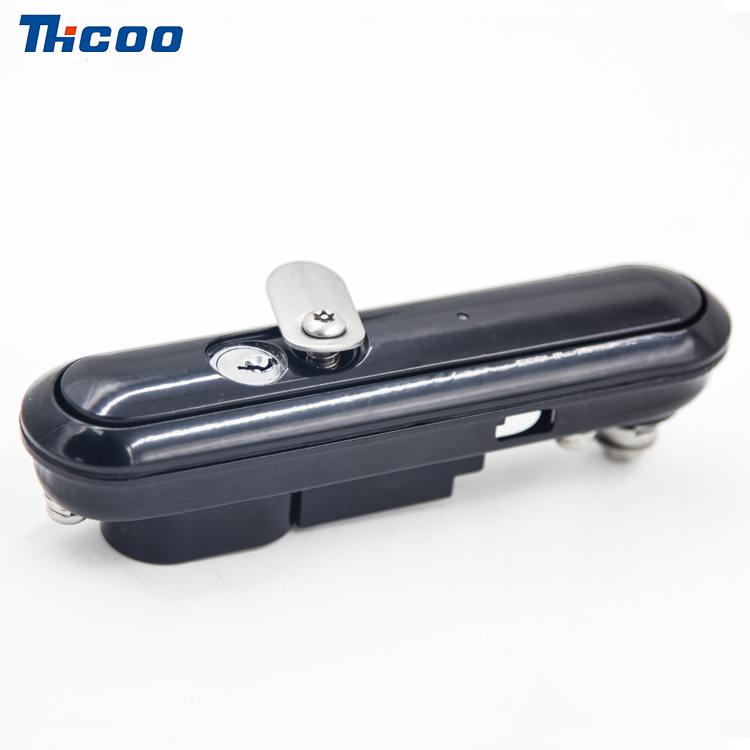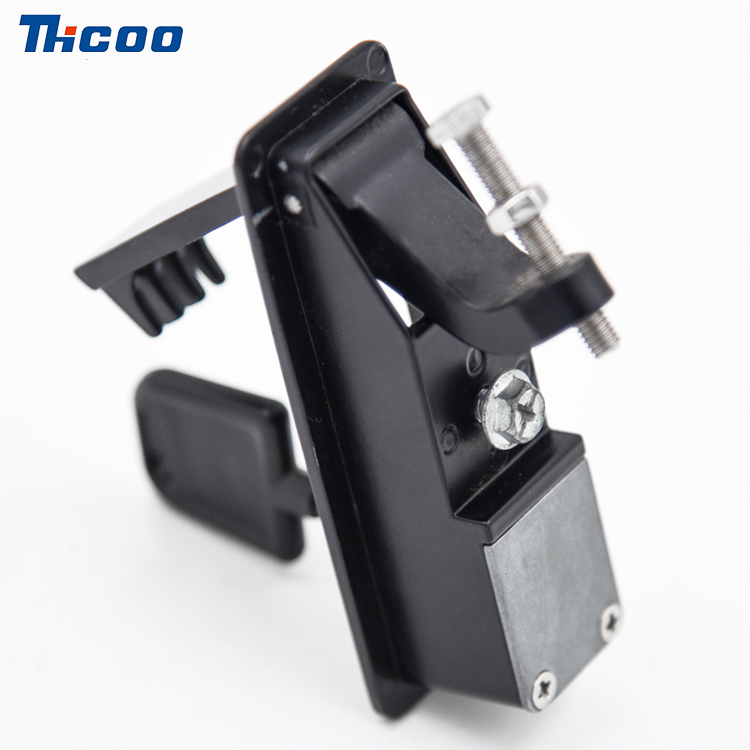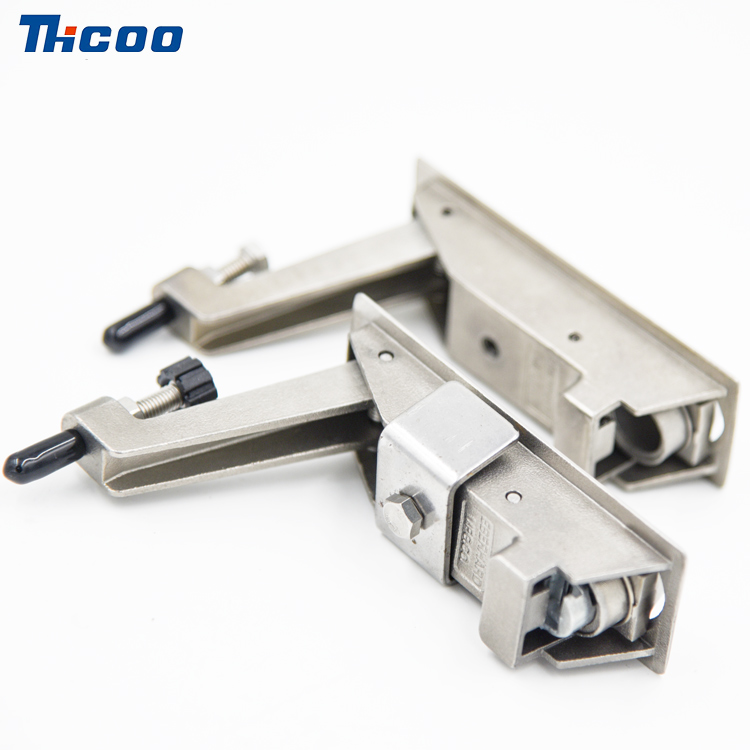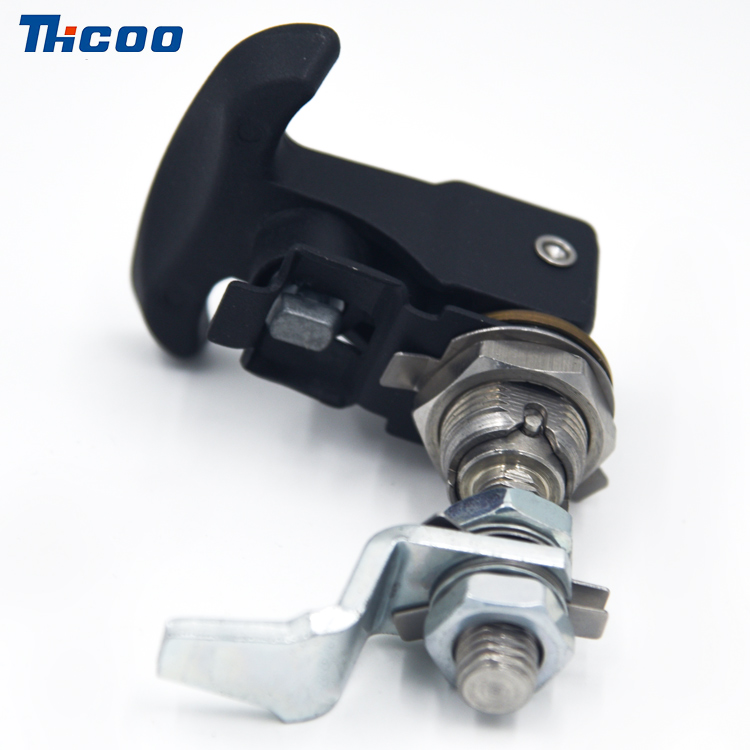Here's how to determine the correct door hinge for your needs, based on hands-on experience:
1. Examine Your Existing Hinges (Best Method)
Take one off: Remove a hinge and bring it to the hardware store.
Match these features:
Screw hole pattern (count holes & spacing)
Pin type (removable pin or fixed)
Plate shape/size (trace outline on paper)
2. Check Door Weight & Type
Hollow-core interior doors: Standard 3.5" steel butt hinges
Solid wood/exterior doors: Heavy-duty 4" hinges with ball bearings
Metal/security doors: Industrial continuous hinges (full height)
3. Consider the Location
| Environment | Ideal Hinge Material | Avoid |
|---|---|---|
| Bathroom | ----------- | |
| Bathroom/Outdoor | Stainless steel | Uncoated steel |
| High-humidity areas | Brass/bronze | Cheap zinc alloys |
| Decorative interior | Polished brass/black oxide | Rust-prone finishes |
4. Verify Door Swing Direction
Right-hand hinge: Door swings toward you, knob on right
Left-hand hinge: Door swings toward you, knob on left
Universal hinges: Work for both directions (check packaging)
5. Measure Precisely
Width: Distance between screw holes (usually 3–5 inches)
Height: Plate length (must match door edge recess depth)
Thickness: Critical for recessed hinges - use calipers
6. Special Functional Needs
Self-closing: Spring-loaded hinges (commercial)
Silent operation: Nylon-washered or ball-bearing pins
Quick removal: Flag hinges (lift-off design)
Adjustability: Concealed hinges for fine-tuning
7. Check Regulatory Requirements
Fire-rated doors: Must use certified UL-listed hinges
ADA-compliant buildings: Specific weight/function standards
8. Visual Compatibility
Match finish to other hardware (knobs, locks)
Period-correct styles for historic homes (e.g., strap hinges for farmhouses)
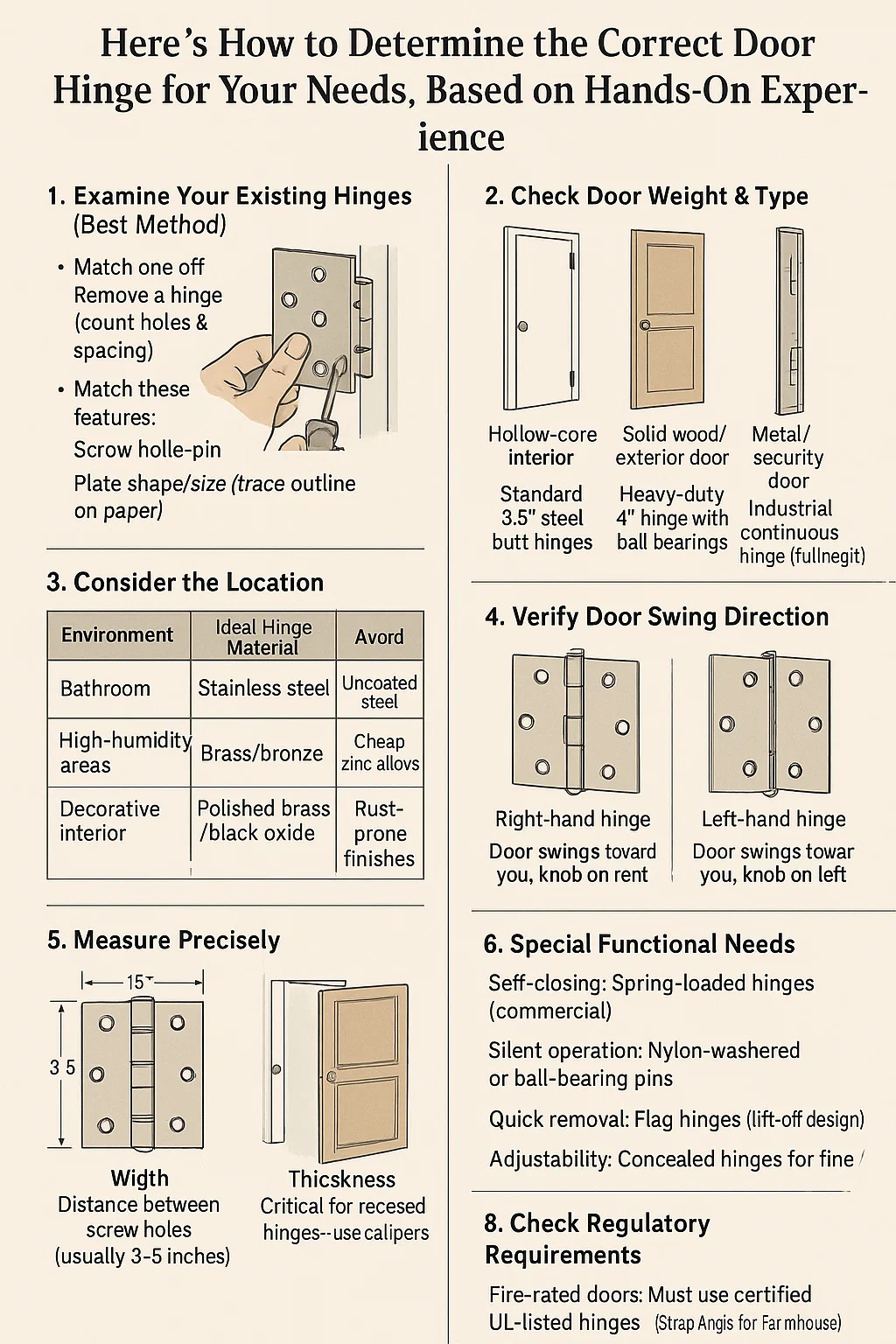

 English
English Deutsch
Deutsch 简体中文
简体中文 languages
languages 

